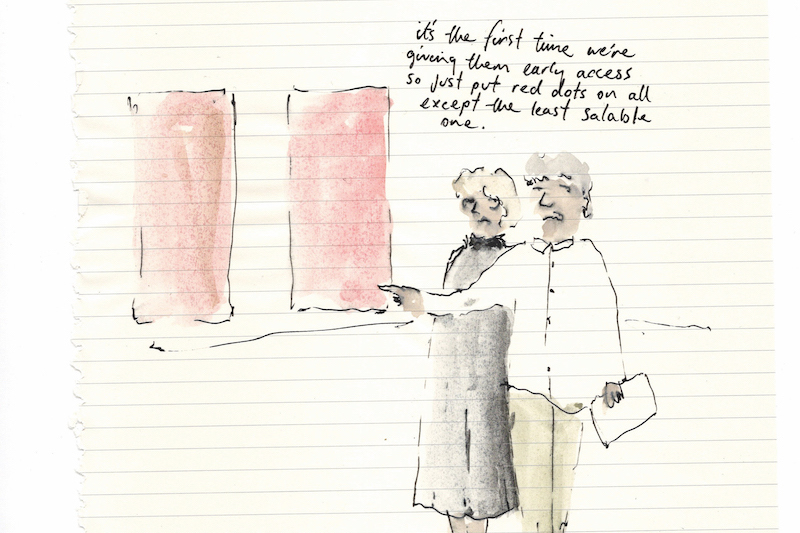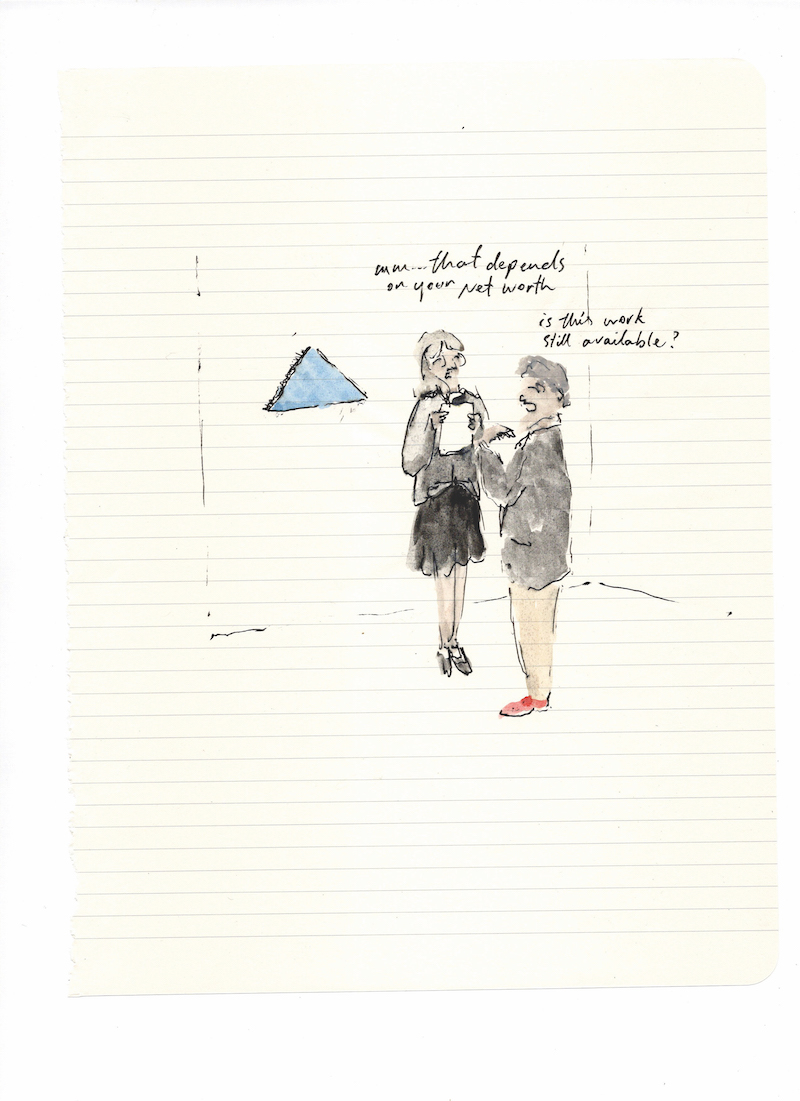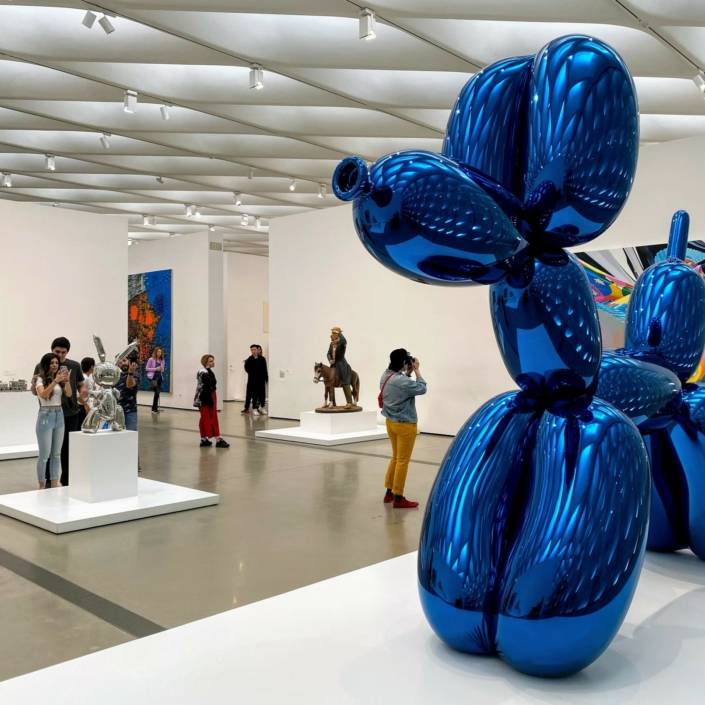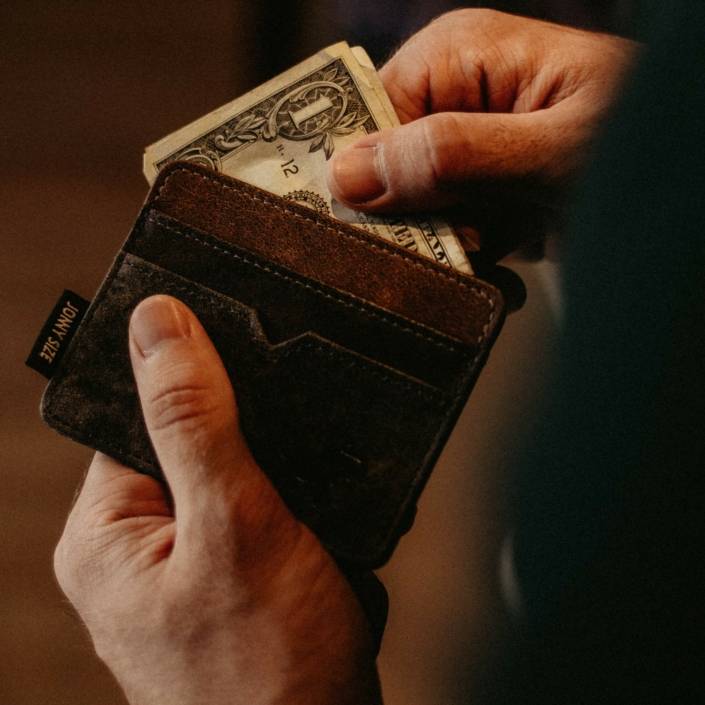Cultural Capital: What’s it really like to be a VIP in the art world?
From first dibs to fancy dinners, Andrew Frost and Carrie Miller discuss what it’s like to reach uber-collector status in the art world.
Words: Andrew Frost and Carrie Miller
IF YOU’RE STILL on the outside of the inner circles of the contemporary art world, you’re probably curious about what it’s like to have special access to the perks available to the uber-collector.
Uber-collectors get the red-carpet treatment wherever they go. They will be given coveted VIP status at Art Fairs, early access to private gallery shows and first dibs on new works; they will be invited to the private dinners held after museum openings and to visit the studios of leading artists.
But most importantly, they will be given the opportunity to contribute to the culture directly through philanthropic action. The uber-collector will get the privilege of being asked to donate to public museums for bricks and mortar projects and to throw in some cash for one-off acquisitions.
And the very privileged few – that small clutch of mega-collectors at the very centre of contemporary art’s inner circle – will be given the chance to change the culture through active influence. This requires many, many years of hard graft acquiring cultural capital, as well as some serious dosh. Only then will the mega-collector bag the ultimate prize: to decide what a museum acquires and who gets to represent their countries at biennales. They might even get to work with public galleries to design and build a new wing that will eventually be named after them.
In this addition of Cultural Capital, we give you an insider’s look at some of the many bonuses of being an uber-collector. We can only dream…
Carrie Miller
EARLY ACCESS
GETTING IN FIRST is the measure of the serious collector. Turning up to an opening of an exhibition of a commercially represented artist and expecting all the work to be available is a bonehead play. Any serious gallerist is going to make sure that many, if not most of the work, has already been sold [see First Dibs]. This is the rule of art world exclusivity at work – if you want it, you have to have early access.
This can also apply equally to art fairs, or anywhere good art is sold, but simply telling someone you want to buy something is not enough [see VIP Fairs]. Take a tip from your kids – pester power is just as effective scoring a primo new Dale Frank as it is getting an iced almond latte from a McDonald’s drive thru. In the adult world this means phone calls, emails, and personal visits until the people at the gallery either call the police, or relent and allow you to buy their artists’ work. The crazy thing is that people will respect your persistence, and regard you as someone they need to know, and thus your status as being very important is secured.
Andrew Frost
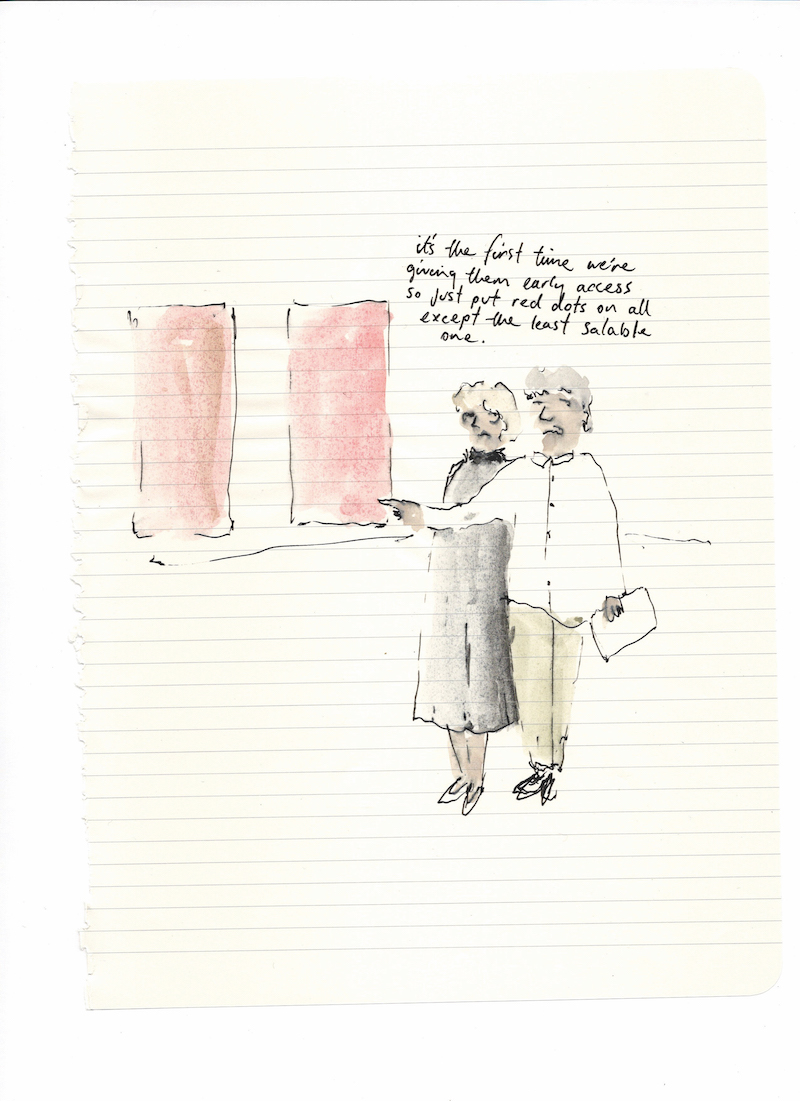
PRIVATE DINNERS
THERE IS PERHAPS no art world event more elusive than the private dinner. These events can range from intimate after-open- ing artist dinners, to large banquets for collectors, benefactors or trustees, and they can be held anywhere from a gallerist’s or collector’s home, or the spacious galleries of a public museum, to the booked-out big room upstairs of a slightly-above-average Thai restaurant. They are also surprisingly common.
So, what’s so elusive about them? Knowing you’re at the right one. In many instances, a private dinner is an unglamorous event held more out of duty than necessity or desire; pass the salt, have a glass of wine, time to go home. Yet others are fabulous, marked by an air of exclusivity, featuring amazing food, excellent wine and more networking opportunities than you probably thought possible. You’re there because you deserve to be, not because they needed to make up the numbers on a group booking. To know how to attend the right private dinner is linked to knowing what opening to go to, how much money you’re prepared to spend to collect an artist’s work/donate to a museum, or how long you’ll let artists live/work on your property rent free [see Hard Philanthropy]. Sidling up to people and asking, “what’s happening after?” is a ticket to nowheres- ville. Stand slightly aloof from the crowd, and look hungry, but not too hungry. And have your platinum Amex at the ready. You’ll be picking up the bill.
Andrew Frost
SOFT PHILANTHROPY
WE’VE DISCUSSED THE many advantages of being a philanthropist in past issues – including enhanced social status, tax breaks, investment, and even immortality – but we’ve not discussed the warm and fuzzy feeling of being a soft philanthropist. This simply means being a philanthropist but not putting that much effort into it. People ask you for money, and you give it to them. The money may be for art projects that ultimately you may not personally own, and it’s no big deal. A performance art series, a monumental
piece of land art, projecting words on to clouds? Hey, it’s all good. You could also be on a museum board of trustees and vote the way the majority votes, and while you get to go to posh openings and perhaps maybe even give a speech, no one is really expecting that much of you, and you’re happy to deliver. The only thing anyone really wants from you is your money, and you’re happy to oblige. It’s an easy route to becoming an art world VIP, even if not everyone remembers your name.
Andrew Frost
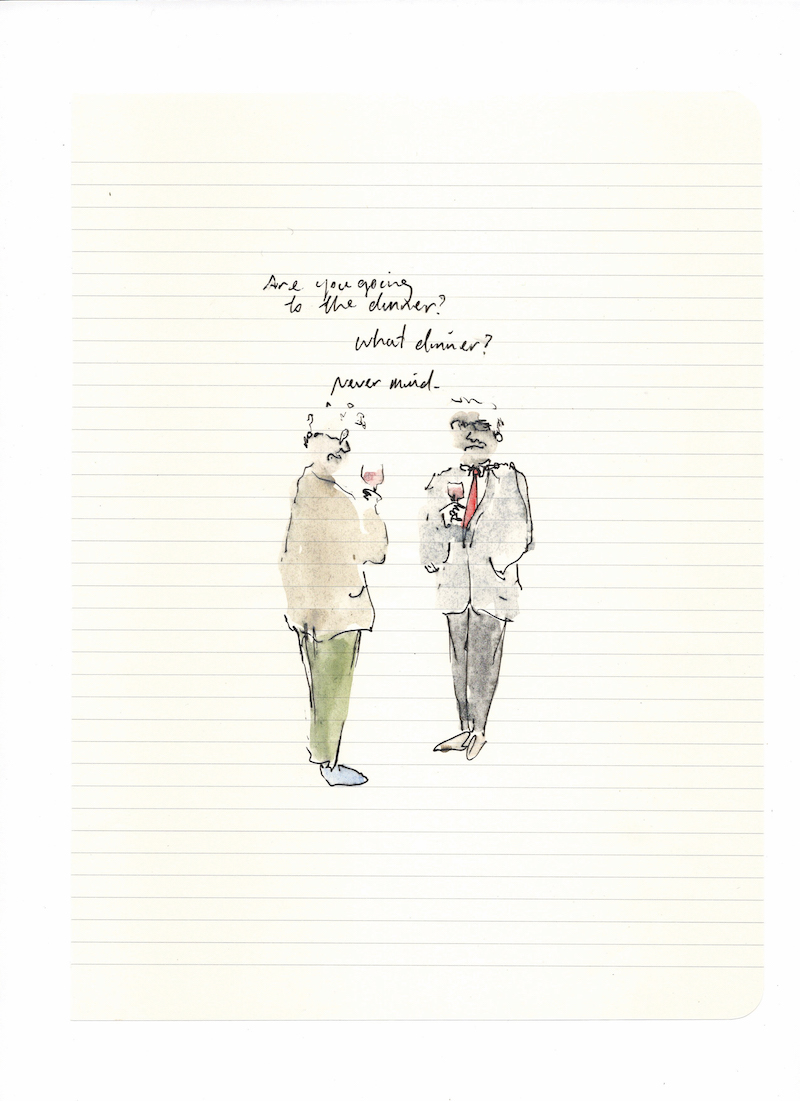
HARD PHILANTHROPY
DEFINED AS THE act of being extremely or even aggressively philanthropic, hard philanthropy is a growing trend in the Australian art world. And why not? It’s your money you’re spending and, despite whatever tax breaks or other clever financial arrangements you’ve made, you also want to have a say in how and where that money is spent. To achieve this level of importance, you need to be both a consumer/collector but also a producer/ influencer – it’s not just the act of collecting or being a philanthropist that makes you important, it’s the need to let people know you’re doing it. Thus, a hard philanthropist is someone who immodestly erects monuments to their largesse in the form of private museums, quasi-academic research institutes, cultural foundations, or registered charities.
They run prizes for unpopular art forms, build museums in far-flung places, and get indignant about social causes. The art being supported, the causes being supported, and the issues being prosecuted are all real, and worthy, and your family’s name will forever be attached to the sense that hard philanthropy is the stiff but not unpleasant tip of soft diplomacy.
Andrew Frost
FIRST DIBS
ANOTHER WAY UBER-COLLECTORs get the jump on the rest of us is by being offered first dibs on new work. Most ordinary collectors are baffled when they turn up to an exhibition opening just as the big glass doors open, only to find out that it’s sold out. Unless you’re an art world insider, you won’t be privy to the fact that uber-collectors are given first dibs on the new work of hot artists. Ordinary collectors desperate to put a signature name on their walls will be told to join those ridiculously long waiting lists for new work, only to be eventually offered a minor piece that looks like it was knocked up by the artist’s assistant.
The uber-collector no longer has to experience the crippling anxiety associated with scrambling to get their hands on the best work by the hottest artists. They can sit back and relax; the gallery director will have an assistant blow up their phone as soon as new work comes in. This special class of collector will be invited to swing by after work and take a look – but only if it’s convenient. If they’re too busy making money, the uber-collector has the relaxed confidence to purchase something sight unseen, because they know they’ll only be offered top-shelf product.
Carrie Miller
VIP ACCESS
ONE OF THE MOST obvious perks of being a serious art collector is VIP access to art fairs. While high-level arts professionals earn their VIP status and corporate big shots buy their way into it, only uber-collectors will deserve it. These collectors get entrée to all the good bits of fairs and avoid all the bad bits. No standing in sweaty line in cattle class. Their free tickets to the Vernissage will be sent straight to their office; they will get front row seats to the hottest artists’ and curators’ talks and be ushered into private viewings of what’s on show.
And if they really make it and get VIP status to the fanciest Art Fairs like Basel, the uber-collector will get to rub shoulders with movie stars at exclusive champagne break- fasts and cocktail parties.
While in many public contexts, the uber-collector is hard to pick out from their garden variety counterparts – the only way to signal your status at a gallery opening is to casually sidle up to the artist and hope they acknowledge you – the VIP at an Art Fair gets to wear their privileged status quite literally around their necks in the form of a sign. This will signal to ordinary folks that while you’ve stayed humble, the art world knows you’re special.
Carrie Miller
PRIVATE STUDIO VISITS
ONE PERK OF being an uber-collector that flies under the radar of the mainstream art world is the private studio visit. The art world is all about networking, forging mutually beneficial relationships. For this special class of collector, nothing beats building a friend- ship with an artist directly. This will initially happen indirectly through the artist’s gallery. Collectors will get friendly with gallery staff, working their way up from assistants until they make a meaningful connection with the gallery director. This person will then make introductions to their most coveted artists. Once the uber-collector develops a relation- ship with an artist, it is only a matter of time before they are invited to visit their studio. This could mean one of two things. Either the gallery director has cajoled the artist into giving the uber-collector an inside look at where the magic happens. If this is the case, the artist probably feels under duress and will barely disguise their contempt for having an unenlightened person in their uniquely special, creative space.
Or it could mean something less benign.
It will mean the artist is hoping to develop a direct relationship with the artist in order to cut out the economic middleman. If this is the case, the uber-collector will be offered the chance to purchase work – at an every- day low price – straight out of the studio and to never, ever speak of this purchase again.
Either way, a private studio visit will give the uber-collector a sense of being the ultimate insider – a feeling that no amount of money can buy.
Carrie Miller

This article was originally published in Art Collector issue 88, APR – JUN 2019.
Illustrations: Coen Young

